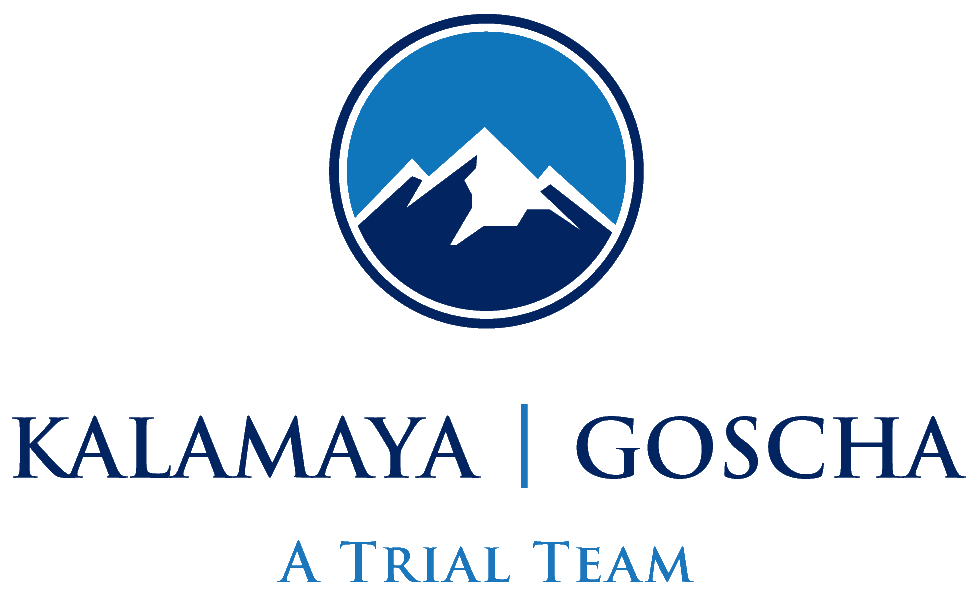What is “Collaborative Divorce Law”?
Collaborative Divorce Law is a process of resolving family law disputes without going to court. Attorneys and clients alike have long recognized the negative impact that litigation has on parties and their children. Studies have shown that the majority of parents going through a separation or divorce are unsatisfied with the court process and want a way to resolve disputes that is simpler, cost-effective, less adversarial, and more attentive to their children’s concerns about the events surrounding the divorce. Collaborative Divorce Law was developed to address these important concerns and to try to reduce the high emotional, psychological, and financial cost of the traditional adversarial litigation process.
Where did the idea come from?
Collaborative Law is the brain-child of Stuart Webb, a Minnesota family law attorney. After practicing family law for more than 20 years, Mr. Webb became disenchanted with the traditional litigation-based method of resolving family law disputes and its harmful effect on families. He invited his colleagues to join him in a dispute resolution process focused solely on creative settlements rather than on going to court. As Mr. Webb envisioned it, the attorneys involved in this new process would no longer go to court, but would instead represent clients through negotiations aimed at reaching practical, mutually agreeable settlements. If the process broke down and no settlement was reached, the attorneys would withdraw and refer the case to litigation counsel. From this beginning, the Collaborative Law model has grown in popularity and acceptance in Colorado.
What are the features of Collaborative Family Law?
No Court
The primary feature of the Collaborative Law model is the limitation that the attorney will represent the client only in the negotiation process and will be disqualified from representing the client should the process break down and either side choose to go to court. This will be set out in the legal services contract that each party has with his or her attorney, as well as in the collaborative law participation agreement or pledge that both parties will sign. Colorado is unique in that there is an Ethic Opinion (no. 115) that prohibits a 4-way agreement signed by the attorneys and parties, which is the norm in other states across the country. Nevertheless, the “no court” approach motivates participants to approach negotiations without the litigation-based posturing which many times interferes with the settlement process. Instead, the collective problem-solving skills of both attorneys and both clients are focused on reaching an agreement rather than on preparing or building their case for court.
Full Disclosure
Another important feature of Collaborative Law is the agreement between all participants to provide full, open, and honest disclosure of all relevant information and documents. This approach helps minimize the game-playing and delay that sometimes accompanies the information-gathering process in the traditional family law case. It also enables the focus to quickly move toward negotiating an appropriate and realistic settlement based on a common understanding of the underlying facts.
Joint Neutral Experts
In many cases, the assistance of other professionals, such as child psychologists, financial planners, tax specialists, real estate appraisers, business or pension valuators, etc., will be helpful to the parties as they work toward resolution. The Collaborative Law model requires that a neutral expert be hired jointly by the parties rather than having each party hire his or her own expert. This helps avoid the common problem in litigation of “the battle of the experts,” which can be counterproductive and expensive.
Four-Way Conferences
The main method, although not the only method, of moving a Collaborative Family Law case forward through negotiations is by joint conferences with both parties and their attorneys. These four-way conferences allow the parties to work through the issues in their case in a time-efficient (and, therefore, cost- effective) way. There may be many four-way conferences or only a few, depending on the complexity of the issues involved and how effectively the parties are progressing toward a resolution.
How does it work?
Both parties must hire attorneys committed to handling the case under the Collaborative Law model. Both parties should sign a Collaborative Law participation agreement or pledge acknowledging their voluntary choice to use the Collaborative Law process and to adhere to the principles of that process. This is usually done at the first four-way conference. Also, at the first four-way conference, the parties often develop a plan for exchanging necessary documents and information and discuss how the case will proceed. Through subsequent four-way conferences the parties discuss and work through all of the issues in the case until they have reached a resolution.
How do I know if Collaborative Family Law is right for me?
Clients who want to use the legal process to punish the other party or insist on having court as a forum for telling their story are not good candidates for Collaborative Law. Likewise, clients who insist on taking unreasonable positions and are unwilling to compromise or whose motivation is to take advantage of the other party will not be compatible with the Collaborative Law process.
On the other hand, clients who recognize that compromise is something that you do for yourself as much as for the other party will likely find the Collaborative Family Law process satisfying. Collaborative Law clients understand that reaching an agreement with which both parties can be satisfied is far better than investing the time, money, and emotional energy into going to court and letting a judge decide what will happen to your property or your children.
A good Collaborative Law client must be willing to behave in a respectful and civil manner toward the other party as they work together to resolve the issues surrounding their separation or divorce. This does not mean that the clients must be the best of friends. In separation and divorce, it is unrealistic to expect there to be no anger, resentment, or hurt feelings. However, a Collaborative Law client must be willing to set those feelings aside and come to the settlement table with a good-faith commitment to work with the other party to reach a practical solution.
How do I let my spouse know about Collaborative Family Law?
Since both parties have to commit to the Collaborative Law process and retain attorneys who are also willing to commit to this process, it is important to share information about Collaborative Family Law with your spouse. Ryan, Amy or Georgina can provide the names of other attorneys in the area who understand and accept cases under the Collaborative Law model. To read more, visit our page on Collaborative Divorce Law or the website for the Colorado Collaborative Divorce Professionals.
(This post is based on materials originally published by Mark Sullivan.)

